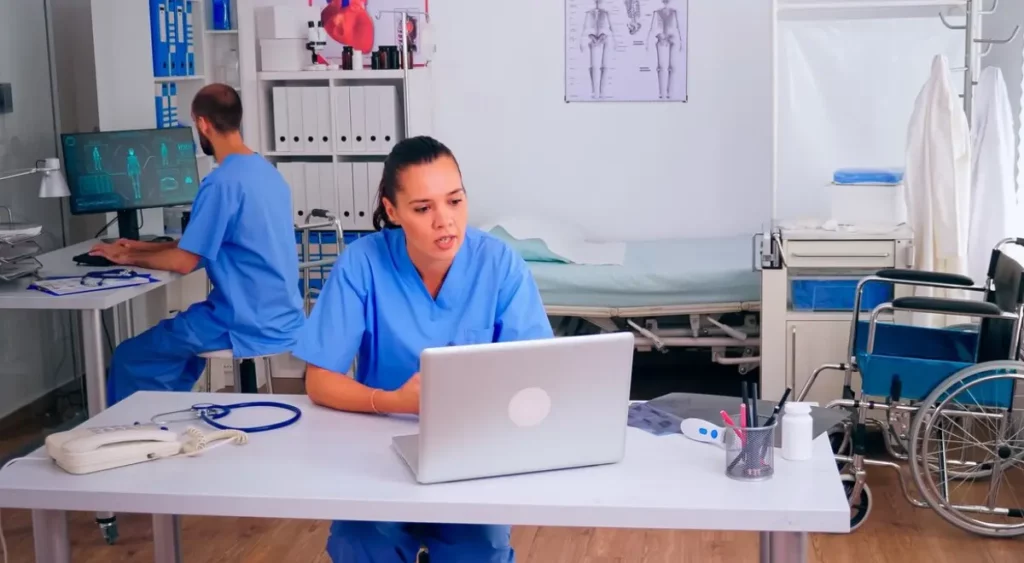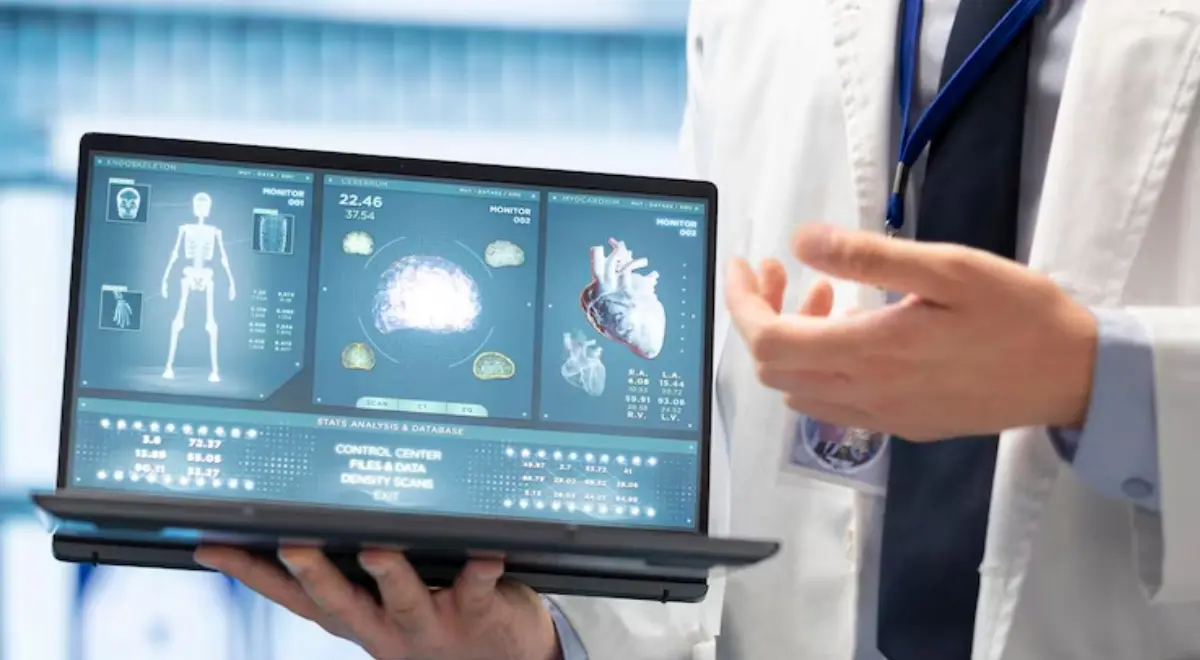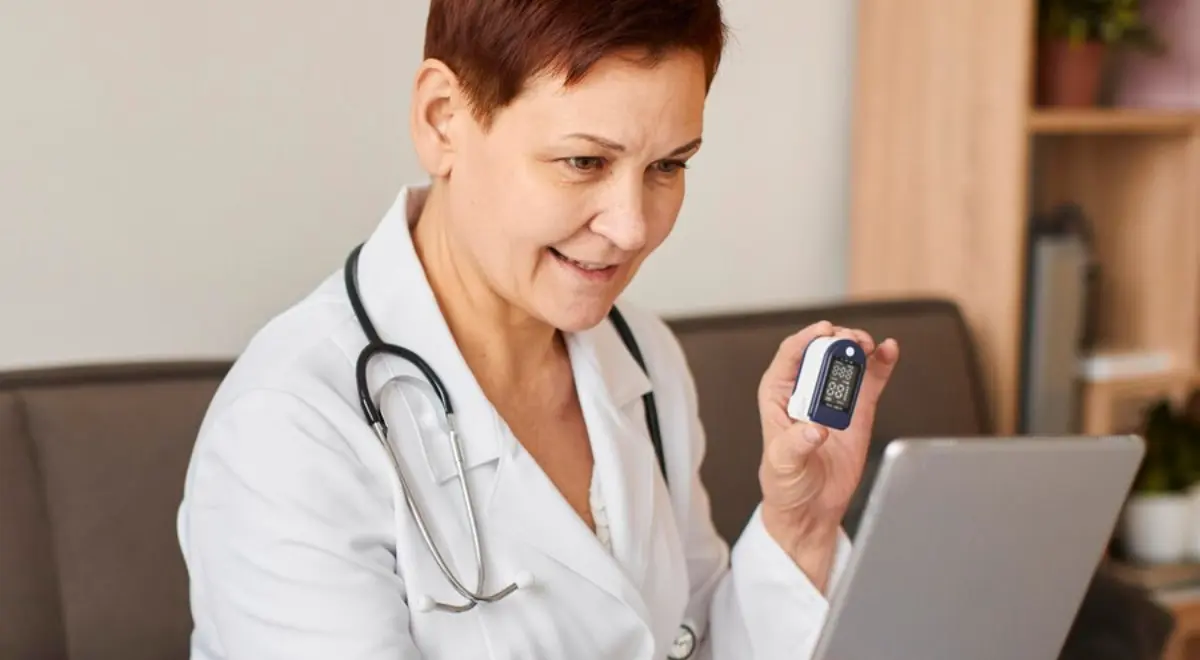Remote Patient Monitoring: A Solution to Clinical Staff Shortages

Are you also one of those who is trying to schedule an appointment with your healthcare provider but facing week-long waits? Well, the high demand for medical staff and physicians is making it challenging for individuals to seek medical assistance in a timely manner for health issues. The major reason for this situation is a shortage of healthcare providers and staff.
Staffing shortages are unfortunate. Increased retirements and resignations from COVID-19 fatigue post-pandemic has exacerbated the care staff workflow shortage. 16% of the US hospitals are facing serious staffing shortages. This is not at all surprising given the rising absences from illness and quarantine. There has been a constant decline in the number of foreign-educated clinical staff as a result of immigration restrictions and high-paying travel registered medical staff job vacancies. By 2026, it is anticipated that this staff shortage is likely to reach 3.2 million.
Amidst this, remote patient monitoring services have become an invaluable asset for healthcare organizations that are critically facing a scarcity of medical experts. To enhance the effectiveness of healthcare delivery, we will further explore the crucial role of remote patient monitoring companies in the USA and how they are bridging the gap.
Table of Contents
ToggleClinical Staff Workforce: The Current Scenario
The demand for nursing staff, in almost every US region during and post Covid further exacerbates the healthcare staffing issues. However, the healthcare providers had anticipated a significant shortage of staff way before the pandemic started which eventually made the already unstable scenario worse. Depending on the nursing specialization and region, in February 2023, the average nurse turnover rate across the US was reported to be between 8.8% and 37% as per the National Library of Medicine. There has been research conducted by three healthcare companies that warns of the risk of shortages of 5,435 nurses by 2025 in Nebraska.
As per other reports, aging clinical staff, inadequate funding for training, stress, and anxiety are a few of the reasons why it has become challenging to fill clinical staff vacancies. Needless to say, patient care is at risk because of this scarcity. Therefore, there is an urgent need for state investment to emphasize staff retention, funds, training, and education. The report also includes how the adoption of remote patient monitoring solutions and telemedicine will significantly impact the healthcare industry.
The Growth of Remote Patient Monitoring
Healthcare organizations nationwide embraced patient care technologies such as remote patient monitoring solutions, especially during the COVID-19 pandemic. This has further helped transform medical services from care centers to patient’s doorsteps. RPM is successfully managing even the most chronic and acute issues like renal diseases, heart stroke, and chronic obstructive pulmonary disease (COPD).
By outsourcing and taking advantage of Remote Patient Monitoring services, healthcare organizations manage to opt for Medicare reimbursement. They can offer device setup, training, and data review. This frees up the time of healthcare practitioners and they can then concentrate less on administrative duties and more on patient care.
RPM’s Evidence-Based Research on Clinical Staff
As per a study, the Remote Patient Management department managed over 1200 patients across 18 RPM programs. This became possible with the assistance of a centralized nursing team as they analyzed the health data while enabling real-time treatment plans. The maintenance of frequent communication between patients and physicians enabled real-time treatment plans.
Another study found NICU nurses claimed that healthcare providers were available while RPM became a part of management. They also had sufficient time to clear patient’s doubts and queries if any.
This workflow allowed two monitoring nurses to completely focus on patient management which further enhanced safety and boosted communication. As a result, the process allowed ample time for patient care.
How RPM Exclusively Benefits Clinical Staff
AI and remote patient monitoring technology when paired together helps transform the way the medical staff works. They offer them new resources and skills to enhance patient care. A healthcare provider can conveniently monitor a patient’s vital signs with the help of RPM technology. This eventually helps in diagnosing the issues and taking prompt action before anything turns into a serious issue.
In addition to this, the medical staff can also benefit from remote patient monitoring in different ways. The providers can save plenty of their time and solely focus on providing information and taking good care of the patients.
- Improved Workflow Efficiency: First and foremost it saves a lot of time while making the least number of errors. Thanks to the automated Remote Patient management system, there can be no manual recording and tracking of the patient’s data. In certain cases, if the data falls out of a specific range, the automated system will immediately raise an alarm and alert the remote patient-monitoring provider.
Secondly, remote patient management is efficient in boosting communication between patients and their healthcare providers. They also cut down the time required for lengthy in-person meetings. In addition, patients can directly connect with their providers with the help of messaging apps and video conferencing apps remotely. This further results in faster response time, better results, and increased workflow.
- Better Results : Remote patient monitoring services can help providers work remotely to diagnose health problems while allowing prompt solutions or medication as required. This further leads to good care and better results. For instance, when a healthcare professional is remotely taking care of a patient and keeping a check on the vital signs, a small change can be quickly detected and timely medication can be provided.
- Utilization of Resources: Utilizing remote patient management technology can assist healthcare organizations in optimizing resources efficiently. This can be done by implementing a better workflow that allows the care staff working remotely to monitor more than one patient. With this, the staff’s workload will also be reduced. Additionally, RPM aids in avoiding costly hospital and ER visits. As technology advances, the adoption of a remote patient monitoring solution has become the need of the hour for healthcare providers in order to maximize their resources and provide high-quality care to their patients.
- Better Communication: Remote Patient Monitoring systems have the potential to boost communication between patients, caregivers, and medical professionals. With the help of video conferencing, phone conversation, and messaging applications, the communication becomes hassle-free.
- Contentment at Work: Once the data collection, analysis, and report generation are automated remotely, the care staff feels less burdened. Now, they can completely focus on patient care and this helps them have a sense of fulfillment as well. They don’t feel stressed or burnout.
Integrate HealthArc’s Remote Patient Monitoring System for Best Outcomes
Today, the way we deliver and receive services has been profoundly and irrevocably altered by the pandemic. Well, the healthcare industry is no exception. When implemented in the best possible way, remote staff can enhance patient care while decreasing the burden and expanding the capacity to do more work.
If you are planning to outsource or collaborate with a Remote monitoring company in the US, here are a few considerations you should keep in mind. Discuss multiple questions and conduct a virtual interview to clear all your doubts. Ask the service provider to demonstrate clinical skills. The healthcare organizations that are aligned with RPM technology not only have to be efficient in the same but also be comfortable in explaining and providing knowledge to the patients as well. This requires strong professional ethics and the capacity to work independently.
Utilizing HL7 and FHIR capabilities, HealthArc offers seamless integration with all top EHRs and assists providers in connecting with their patients.
Healthcare providers can conveniently communicate with patients via audio, video calls, and SMS to make timely interventions. Book a demo with us today or call us at (201) 885 5571 to understand how we are helping healthcare organizations that are facing clinical staff shortages.
Most recent blogs
Categories
- Advanced Primary Care Management
- Behavioral Health Integration
- Cellular Remote Patient Monitoring
- Chronic Care Management
- Chronic Care Management Billing
- Chronic Care Management CPT Codes
- Chronic Care Management Program
- Chronic Care Management Software
- Digital Health Platform
- Principal Care Management
- Principal Care Management CPT Codes
- Remote Care Programs
- Remote Monitoring Devices
- Remote Patient Care
- Remote Patient Monitoring
- Remote Patient Monitoring Billing
- Remote Patient Monitoring CPT Codes
- Remote Patient Monitoring Devices
- Remote Patient Software
- Remote Therapeutic Monitoring
- Remote Therapeutic Monitoring Billing
- Remote Therapeutic Monitoring CPT Codes
- Telemedicine & RPM
- Transitional Care Management
- Transitional Care Management Billing
- Transitional Care Management CPT Codes
Related Posts
- March 4, 2025 | Read Time: 8 mins
Infrastructure Frameworks for Effective Remote Patient Monitoring (RPM)
- March 1, 2025 | Read Time: 6 mins
AI in Remote Patient Monitoring: Predictive Analytics, Early Detection, & Personalized Care
- February 25, 2025 | Read Time: 5 mins






